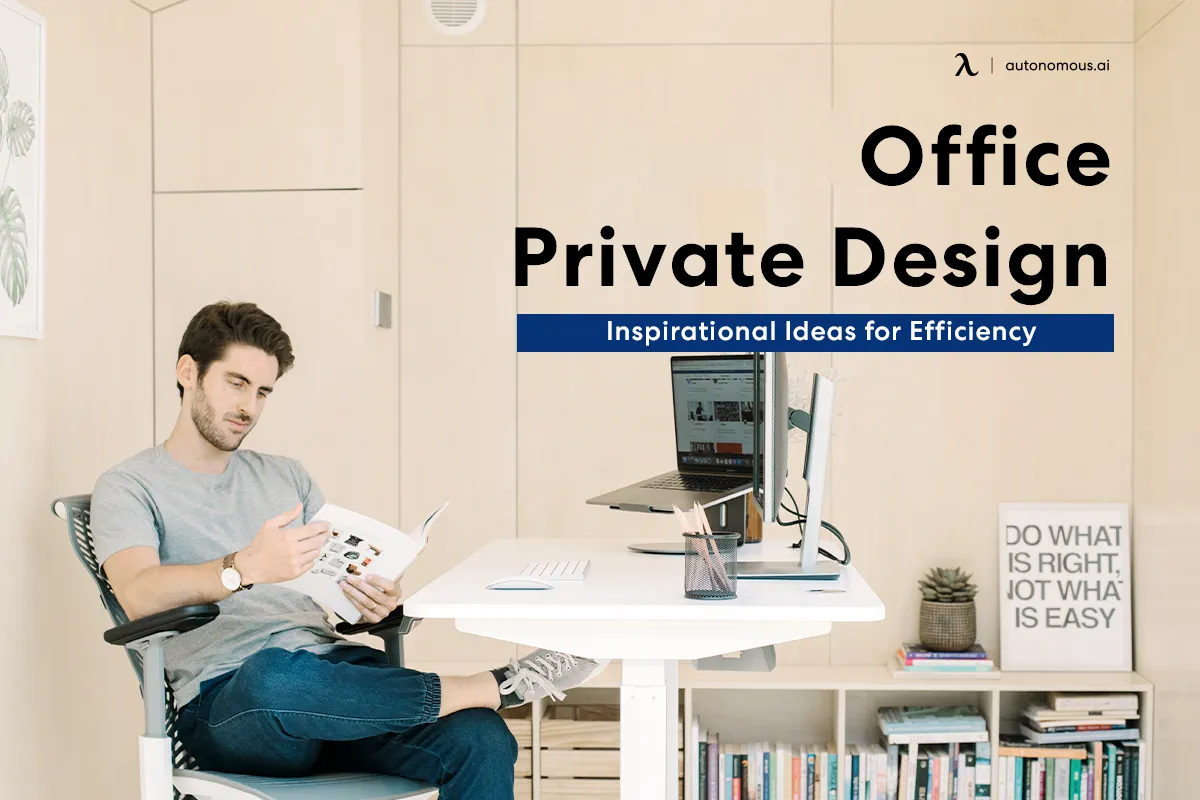
Inspirational Office Private Design Ideas for Efficiency
Every employee desires to have a private office where they can completely focus on the work and eliminate all kinds of distractions at work. From small open office designs to separate work cubicles, having privacy is a key factor in productivity. Especially for remote workers where it is already hard enough to focus because of continuous distractions, a private office design is the ultimate solution.
Through private office layout ideas, you can build your own home office in the vicinity of your home and get yourself a proper workstation where you can tune out all the distractions. But what are some small private office designs that are cheap and ideal when you have a limited square footprint? This article will cover some personal office room design ideas for you to try at home or in your office.
Controlling the Acoustics
Noise is one of the biggest enemies which distracts you from work. As proven by studies, an individual who loses their focus from work needs at least 30 minutes to build back their focus. Now imagine being distracted several times a day. Wouldn't you be frustrated to the core?
Hence controlling the acoustics is a wonderful idea to make your workplace more private and quieter despite having an open layout. Acoustic panels are a popular solution to control noise pollution in the workplace. They are great for open office plans and have nose-absorbing ability like a sponge. Other ways to improve acoustic control in the workplace include the sound masking effect, soundproofing paint, and using upholstery that is known to dampen the noise intensity.
Work Pods
A work pod is a separate room that doesn't need building or permanent infrastructure changes. Work pods, like Autonomous pods, come with many features. Privacy work pods are a common type. You can get a built-in office setup with an ergonomic standing desk, a chair, charging ports, or a USB setup. Hence you can spend your entire workday right in the middle of the office but not get distracted by a single thing happening around you.
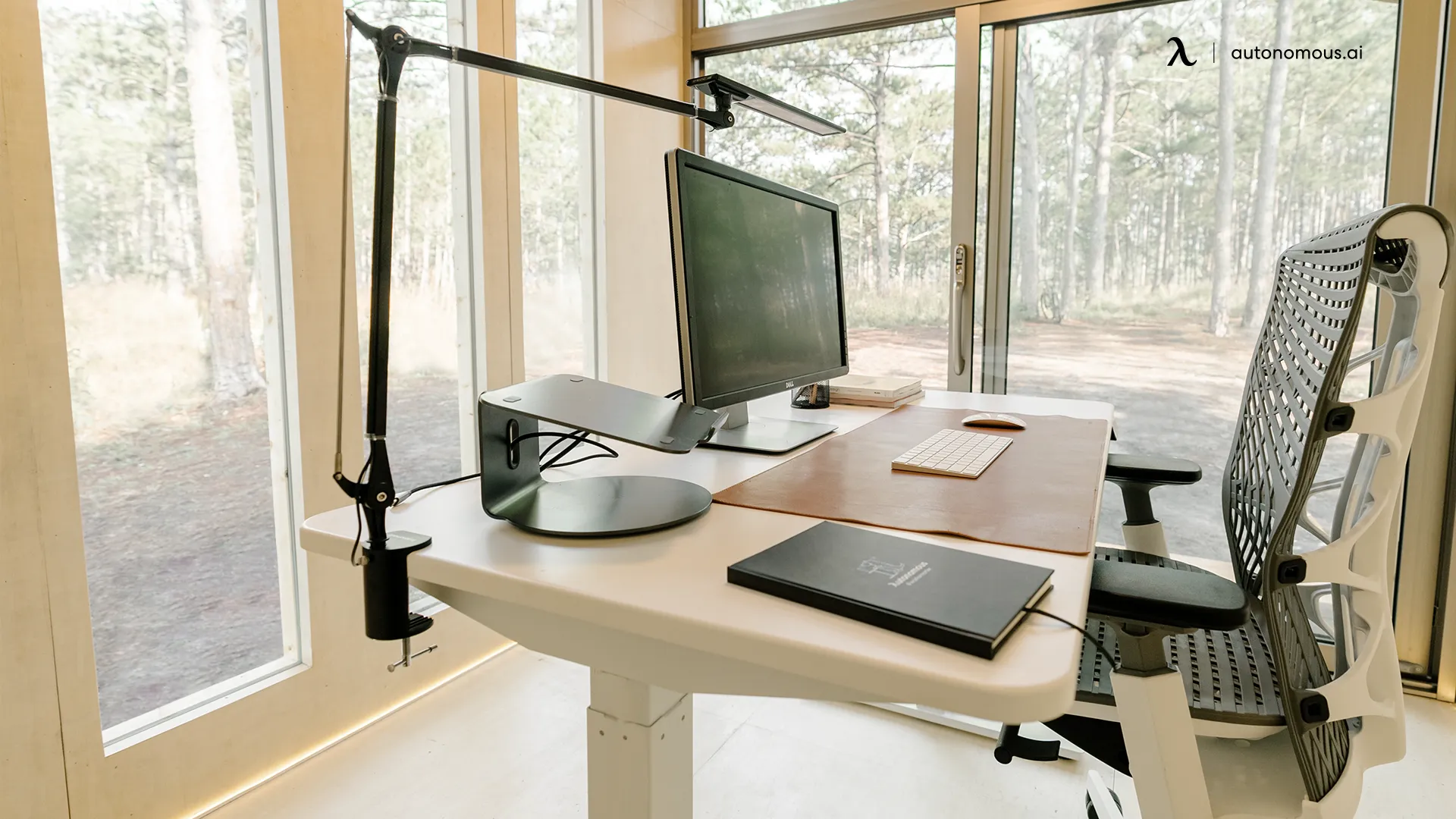
Private Cabin Design
Even if work pods are not possible or are limited in numbers, you can also build a personal office cabin design. This is possible by setting up corner desks, where employees who need to focus more can sit in corners facing away from the crowd, and also accessories like privacy panels, so they don't have to worry about someone peeking into their screen when working.
Building Zones
Ergonomic offices have made many things easier at most, but privacy is also compromised when it comes to an adjustable standing desk. For a mixed work setting, people with standing desks have an advantage of a greater viewing angle. This might trouble some sitting workers who can feel their work screens being visible to others. It is important to divide your work setting into zones to prevent this. You can make spaces for people who wish to work while standing and a separate corner for those who are pretty content sitting in their ergonomic chairs all day.
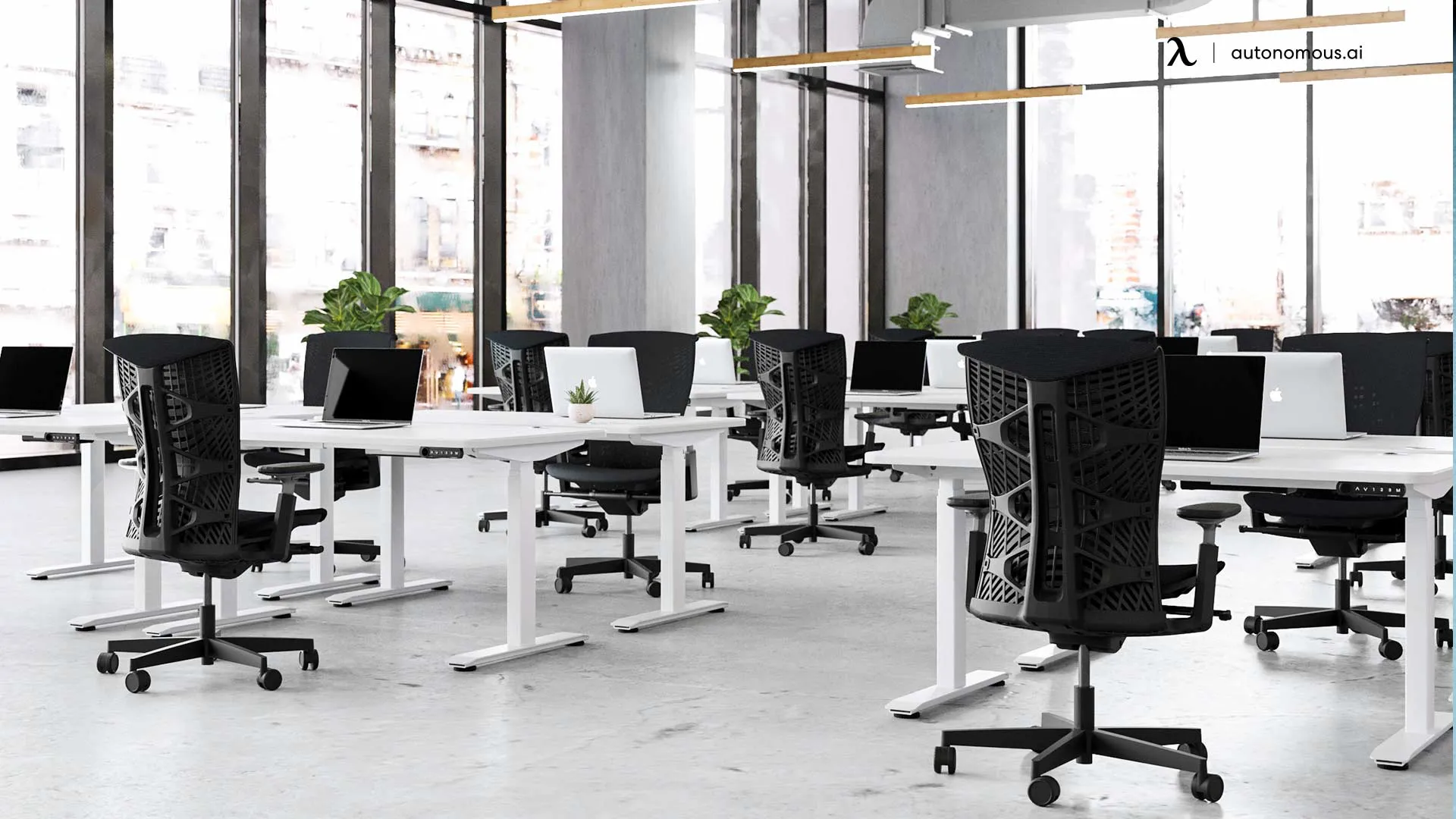
Design with Functionality in Mind
Creating environments with functionality in mind will inevitably promote positive social connections. Having a tidy, fully-stocked kitchen will encourage relaxation and conversation during breaks. People from various departments or areas can interact through a shared machine in a printer and copier area. In other words, no one will find them very useful if shared physical places are not planned with function.
Practice Hybrid Work Model
Any workspace that is not planning to expand its footprint but has a team greater than the space should opt for a hybrid work model. The hybrid work model ensures your office remains spacious, active, and working while no form of clutter is found. You can allocate a schedule where a certain number of employees visit each day while the rest of the workforce is working from home. This allows your workforce to enjoy both the benefits of in-office and work-from-home arrangements.
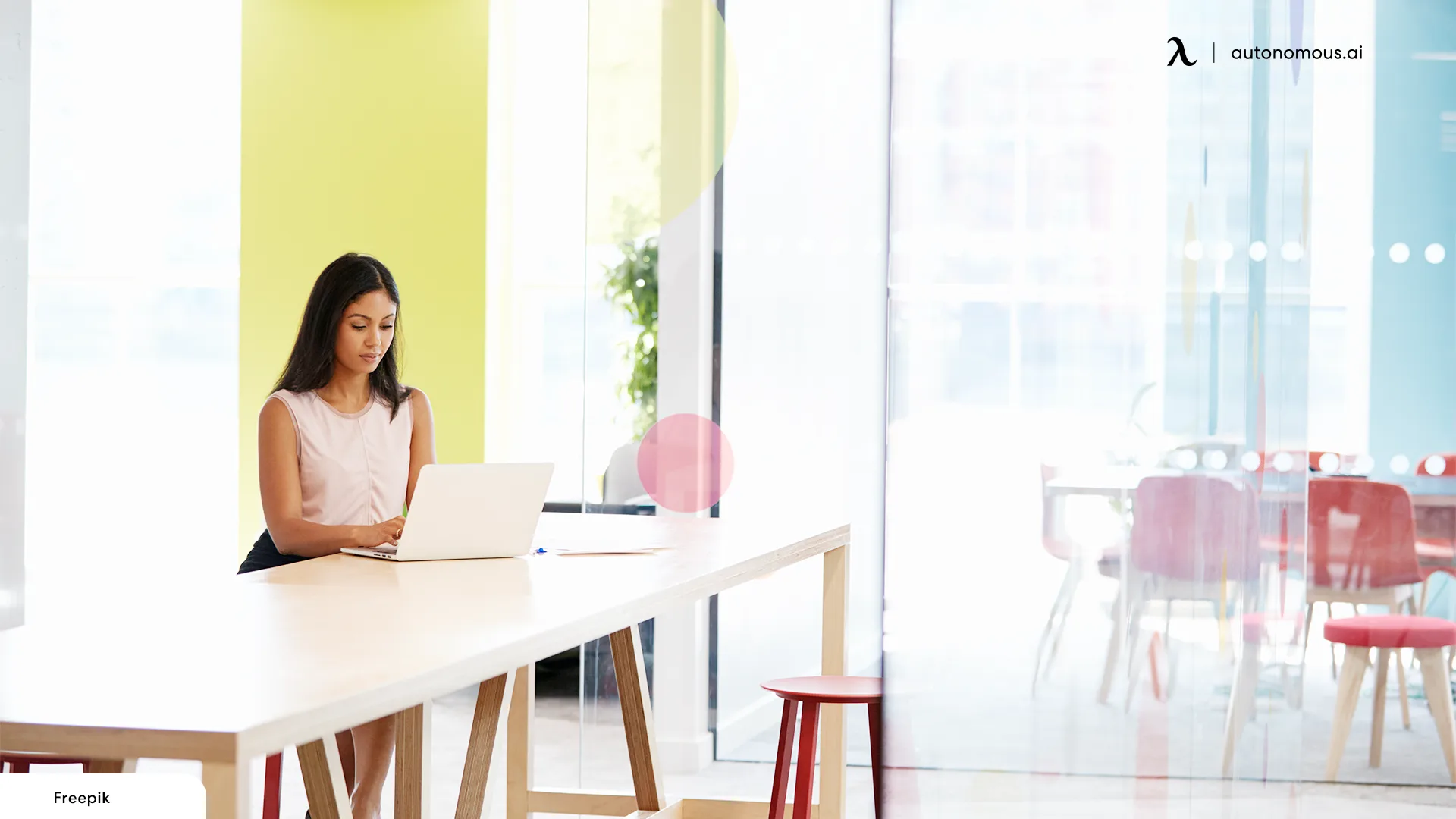
Add Diverse Seating Options
People alternate between focus and introspection throughout the day, followed by collaboration and conversation. Workers can easily switch from working alone to working with others thanks to zones designated for various tasks. Provide locations for standing, perching, leaning, or lounging. Colleagues are invited and supported with lounge sitting while conducting private contemplative work. This also ensures other people who are just fine working alone are not disturbed by the office work chatter happening around one cubicle.
Support Mobile Workers
Mobile phones, PDAs, laptops, and other portable gadgets are used not just when traveling but also at work. These workers should have private office designs with room for brief encounters and extended work sessions. Provide monitor arms, ergonomic keyboard supports, floor power, data access, and private office furnishings.
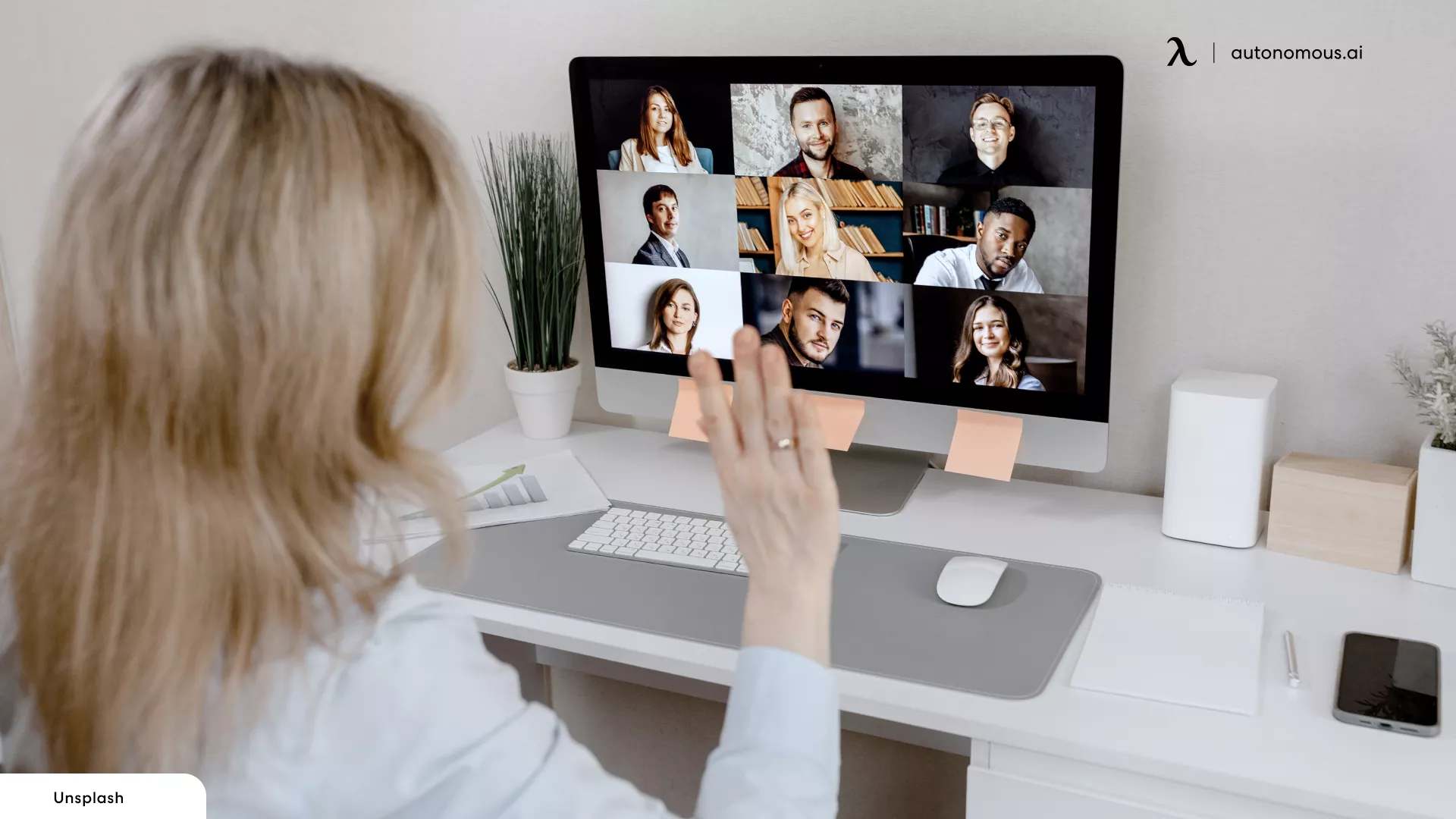
Use Technology to Plan Space Allocation
This entails allowing employees to decide where to put their IT equipment. Private offices frequently restrict employee access to desk power and data. However, when primary and secondary technology tools are given flexibility, the usable area in the office increases. Power and data outlets should be made available to enable people to work closer to visiting coworkers and farther from walls and corners.
Create Visual Privacy
By providing what we refer to as visual seclusion, good workplace architecture can aid employees in removing themselves from distractions brought on by sight. Try to keep in mind that everyone has a different upper limit on their capacity. The good news is that you only need to think about your private office design layout to provide visual privacy. Place quiet areas away from busy regions that naturally see greater traffic.
They should be as far away from raucous meeting places and potential disturbances as is practical. You can achieve visual seclusion by orienting a piece of furniture differently. Incorporating plants, soft furniture, suspended walls, and other design features can create isolated enclaves in the same way as privacy schemes.
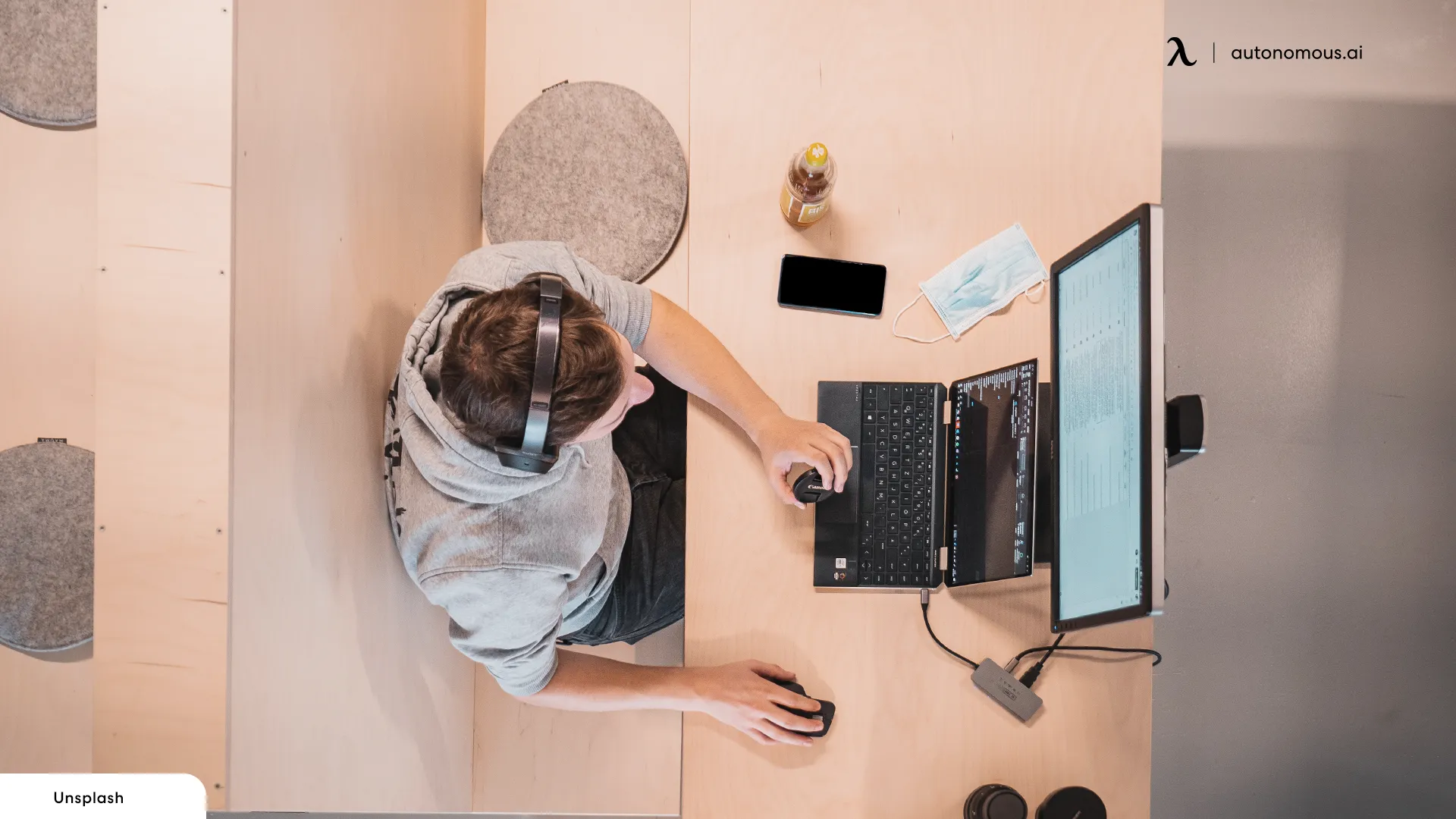
Private Personal Spaces
Many workplaces focus on the comfort of employees when it comes to organizational benefits but looking for employee benefits when it comes to personal needs is what sets the bar apart. Having some space where your team members can take their important personal calls will make them have respect for you. The way you will cater to their privacy will, in turn, make them more understanding and keener towards maintaining the business' integrity and confidentiality, which are both keys to success.
Subscribe for a 10% discount on your first order.
Sign up for our weekly update and be the first to know about our specials & promotions.
Verbreiten Sie es weiter

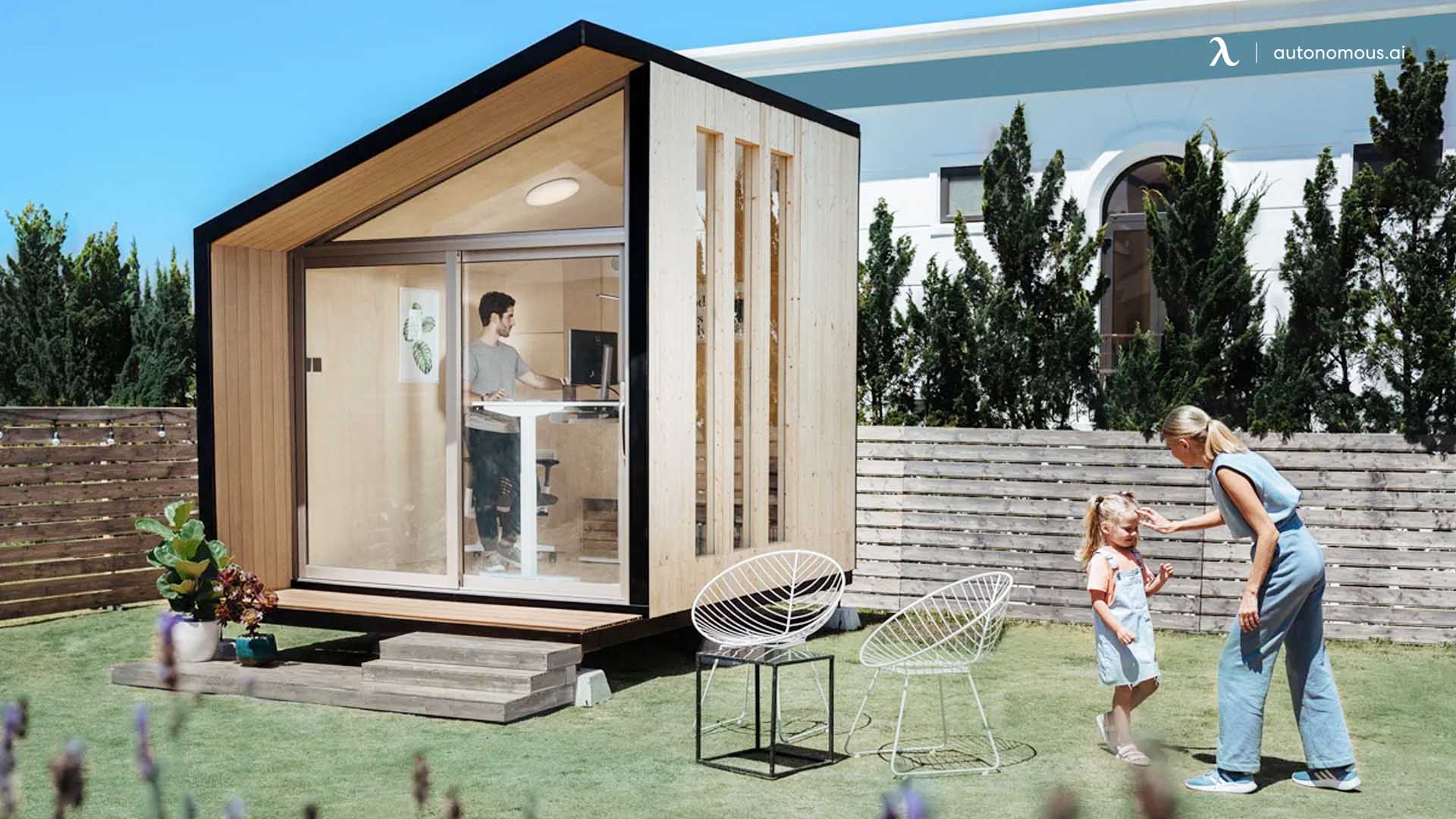

/https://storage.googleapis.com/s3-autonomous-upgrade-3/production/ecm/240417/april-10-off-offer-2024-1920x540-CTA.jpg)
/https://storage.googleapis.com/s3-autonomous-upgrade-3/production/ecm/240417/april-10-off-offer-2024-720x1200-CTA.jpg)
/https://storage.googleapis.com/s3-autonomous-upgrade-3/production/ecm/240415/bulk-order-apr-2024-offer-720x1200-CTA-min.jpg)
/https://storage.googleapis.com/s3-autonomous-upgrade-3/production/ecm/240415/pod-offer-apr-2024-720x1200-CTA.jpg)
/https://storage.googleapis.com/s3-autonomous-upgrade-3/static/upload/images/new_post_author/admin-1.png)